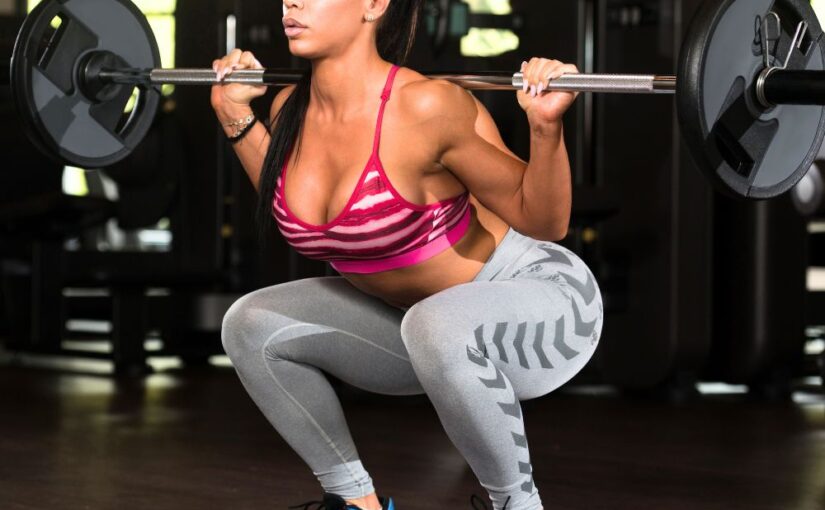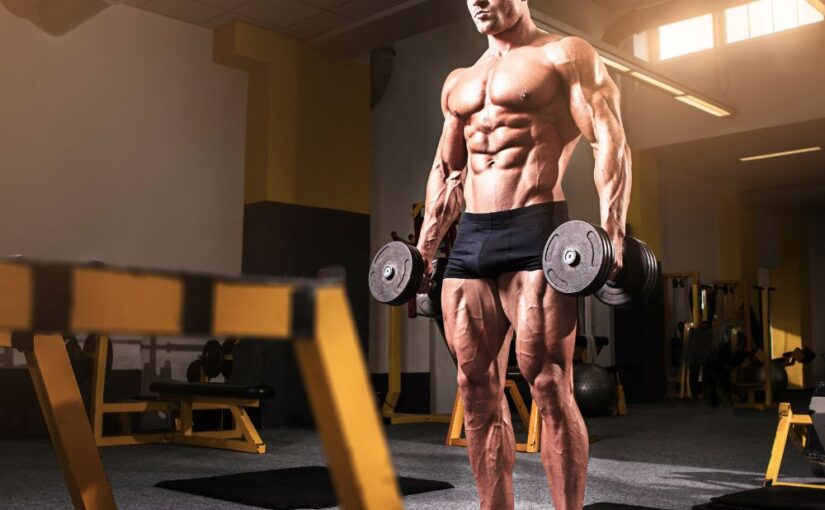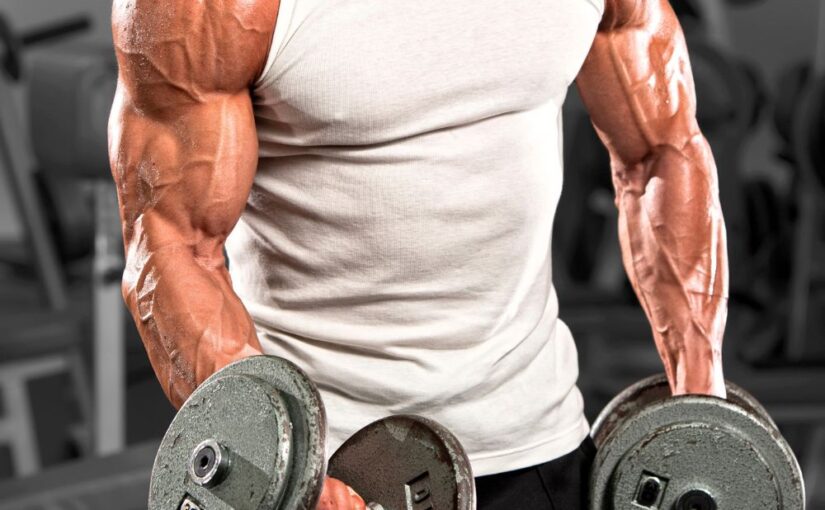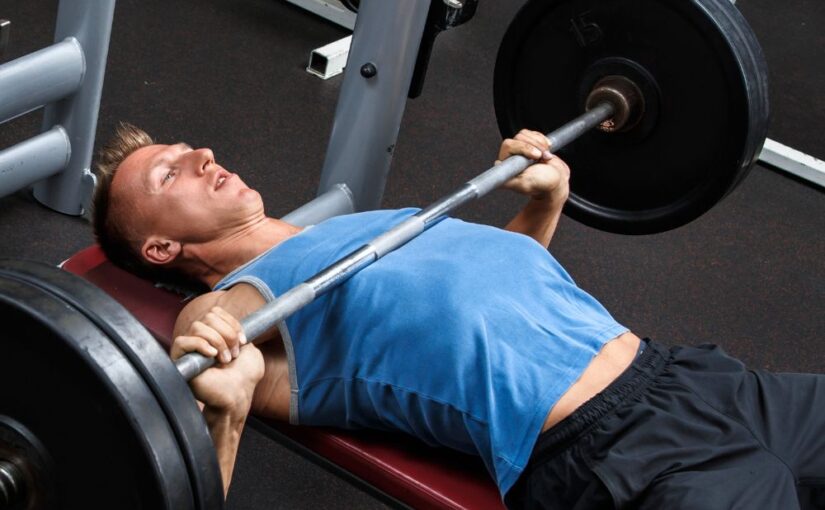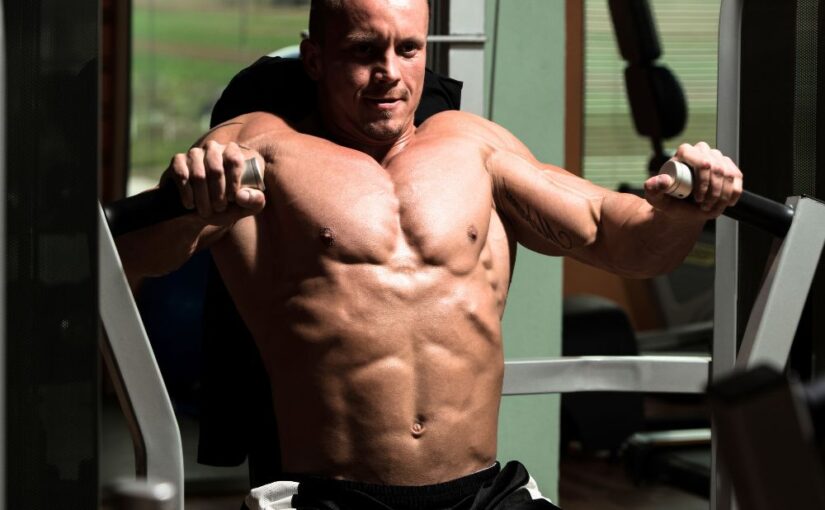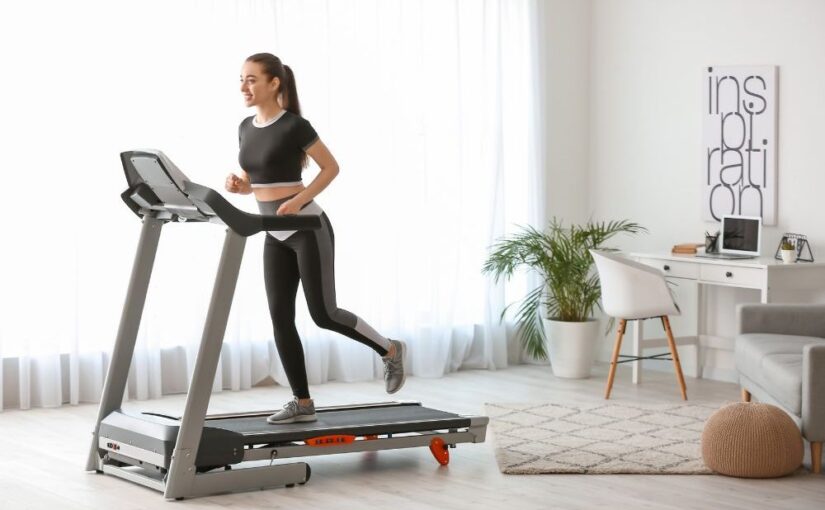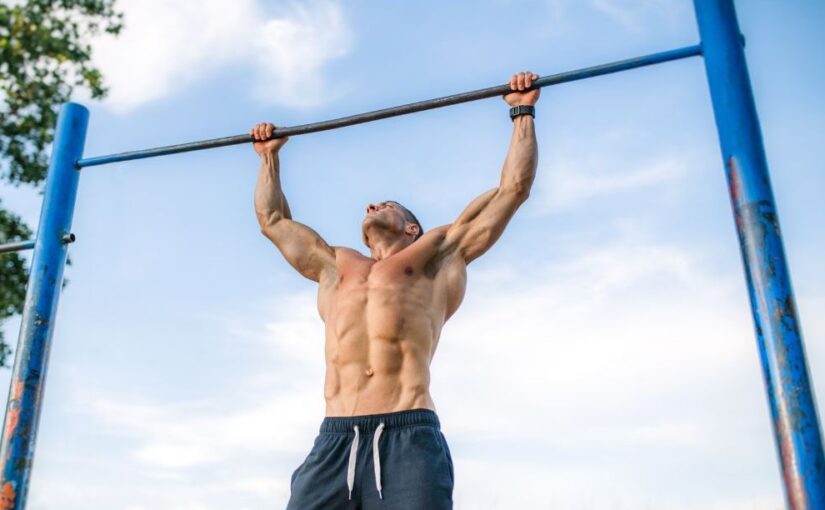Building stronger, toned glutes at home is a common fitness goal for many, and with the right equipment, it’s entirely achievable. Whether your home gym is outfitted with essential free weights or full commercial-grade machines, having the proper tools can significantly accelerate your progress.
In this article, we’ll briefly break down the anatomy of the glutes and explore the best home gym equipment to help you build strength, enhance performance, and grow muscle — including rep ranges for optimal results.
Overview of the Glute Muscles
- Gluteus Maximus: The largest muscle in the glute group, responsible for hip extension, external rotation, and overall power during movements like squats and deadlifts.
- Gluteus Medius: Located on the outer surface of the pelvis, this muscle stabilizes the hip and pelvis during walking and running. It also aids in hip abduction.
- Gluteus Minimus: The smallest of the three, this muscle lies beneath the gluteus medius and assists in hip stabilization and abduction.
Rep Ranges for Glute Growth
For hypertrophy (muscle growth), aim for a rep range of 8 to 12 repetitions per set. Incorporating heavier weights with lower reps (4 to 6) can also build strength, while higher reps (15 to 20) with lighter weights can enhance muscular endurance. Mixing these ranges in your training program will ensure comprehensive glute development.
Varying your rep ranges and resistance will help you target all three glute muscles effectively and support your goal of building stronger glutes over time.
Best Gym Equipment for Glutes
1. Barbells
Why They’re Effective: Barbells are versatile and excellent for building strength in the glutes through heavy lifts.
Recommended Exercises:
- Barbell Squats: Engages the glutes, quads, and hamstrings.
- Barbell Hip Thrusts: Primarily targets the glutes and allows for heavy loading.
2. Dumbbells
Why They’re Effective: Dumbbells enable a wide range of movements and are great for isolating glute muscles.
Recommended Exercises:
- Dumbbell Lunges: Targets glutes while engaging the legs.
- Dumbbell Step-Ups: Focuses on the glutes and promotes balance.
3. Resistance Bands
Why They’re Effective: Bands are portable and add resistance, ideal for warming up or intensifying glute-focused exercises.
Recommended Exercises:
- Banded Glute Bridges: Activates the glutes with added resistance.
- Banded Side Steps: Targets the gluteus medius.
4. Smith Machine
Why It’s Effective: Offers stability for heavy lifts and is helpful for maintaining proper form.
Recommended Exercises:
- Smith Machine Squats: Similar to barbell squats, with added safety.
- Smith Machine Hip Thrusts: Focuses on glute development.
5. Leg Press Machine
Why It’s Effective: Isolates the glutes and legs without the need for balancing a barbell.
Recommended Exercises:
- Leg Press: Adjust foot placement to emphasize glute engagement. Place your feet higher and shoulder-width apart on the platform.
6. Cable Machines
Why They’re Effective: Provide constant tension on the muscles, enhancing glute activation.
Recommended Exercises:
- Cable Kickbacks: Isolates the glutes effectively.
- Cable Side Lateral Raises: Targets the gluteus medius.
7. Stability Ball
Why It’s Effective: Engages the core while targeting the glutes, promoting stability.
Recommended Exercises:
- Stability Ball Glute Bridges: Adds instability to the movement, increasing muscle engagement.
- Stability Ball Squats: Enhances balance and glute activation.
8. Plyometric Boxes
Why They’re Effective: Useful for explosive movements that engage the glutes.
Recommended Exercises:
- Box Jumps: Build power and engage the glutes.
- Step-Ups with a Knee Raise: Focus on glute engagement while improving coordination.
TL;DR
To build stronger glutes at home, invest in equipment like barbells, dumbbells, resistance bands, and machines like the Smith machine and leg press. Focus on exercises such as squats, hip thrusts, and lunges, and aim for rep ranges of 8-12 for muscle growth. Use a mix of lower and higher rep ranges to target all glute muscles for optimal strength and growth. Consistency and progressive overload are key for long-term results.
Conclusion
To effectively build and strengthen your glutes, a variety of gym equipment should be incorporated into your workout routine. Understanding the anatomy of the glute muscles and implementing a range of rep schemes will maximize your training results. By using equipment like barbells, dumbbells, and resistance bands, you can create a comprehensive program that promotes glute growth and strength. Focus on proper form and gradually increase weights to keep challenging your muscles and building stronger glutes for long-term results.
Frequently Asked Questions (FAQ)
The best exercises for building stronger glutes include barbell squats, hip thrusts, lunges, and step-ups. These exercises target the gluteus maximus, medius, and minimus to maximize growth.
Train your glutes 2-3 times a week to effectively build stronger glutes. Allow a minimum of 48 hours of recovery between sessions to support muscle growth and avoid overtraining.
Yes, you can build stronger glutes with bodyweight exercises like glute bridges, squats, and lunges. However, adding resistance (such as weights or bands) will speed up muscle growth.
For building stronger glutes, aim for 8-12 reps per set for hypertrophy (muscle growth). You can also include lower rep ranges (4-6) for strength and higher rep ranges (15-20) for endurance.
While a leg press machine is effective for targeting the glutes, it’s not essential. You can build stronger glutes using free weights (like barbells and dumbbells) or bodyweight exercises as part of a balanced routine.
Recommended Equipment for Stronger Glutes
Boost your home workouts with the following fitness equipment.
Barbell Set
A barbell is a home gym staple for heavy lifts like squats and hip thrusts — key movements for building stronger glutes.
Adjustable Dumbbells
Save space and switch weights easily. Great for lunges, step-ups, and glute-focused accessory work.
Resistance Bands
From activation to high-rep burnout sets, resistance bands are perfect for adding glute tension anywhere, anytime.
Squat Stands
An affordable and space-efficient solution for barbell squats and hip thrust setups. Great for any serious home gym.
Leg Press Machines
If you’ve got the space and budget, a leg press machine allows targeted glute training with controlled resistance.
Affiliate Disclaimer
The above links are affiliate links, which means we may earn a small commission if you make a purchase through these links — at no extra cost to you.

